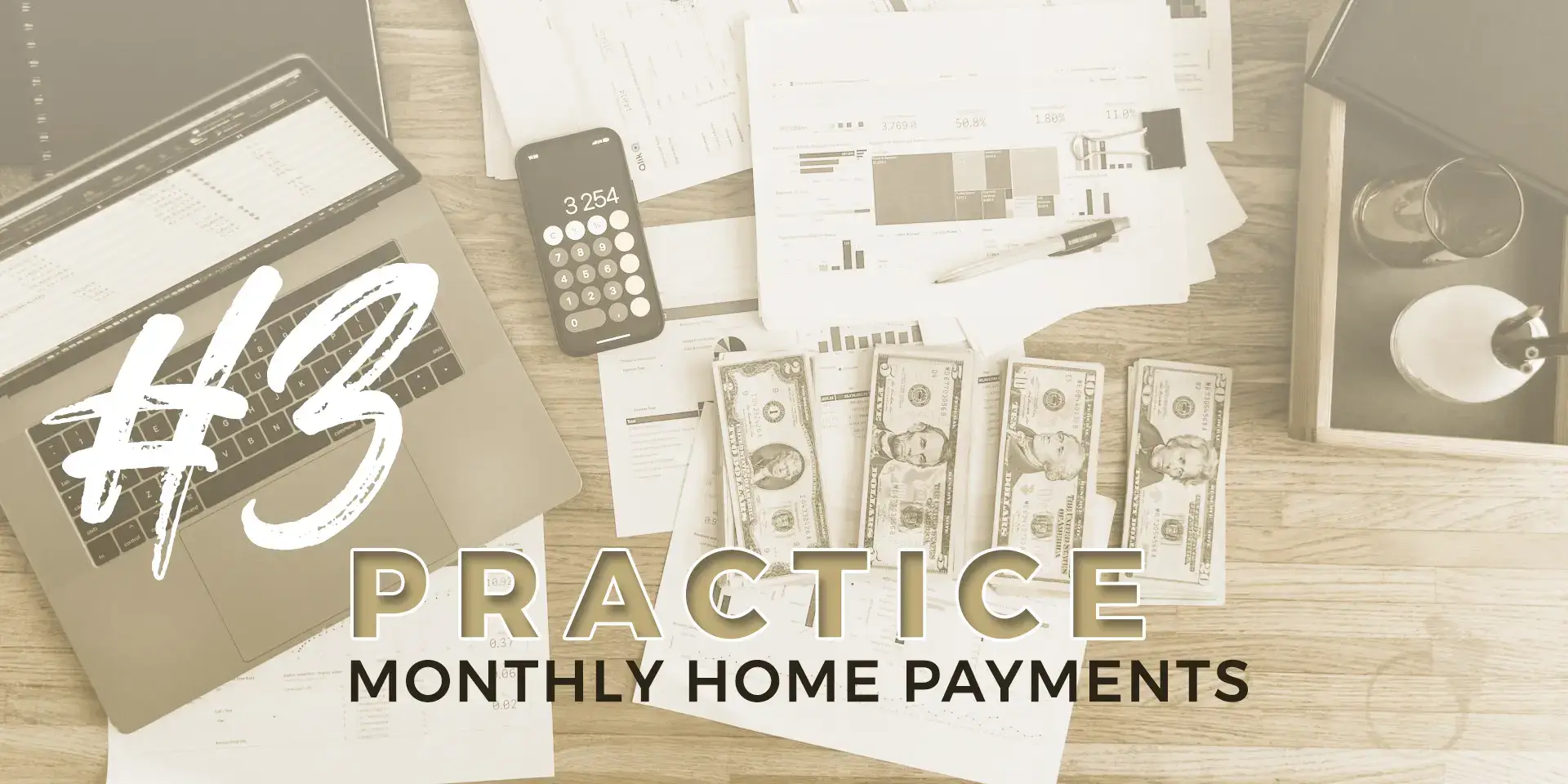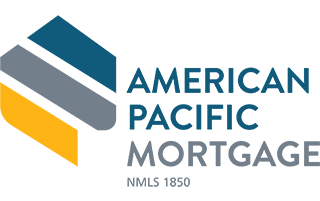Budgeting to Buy a Home in 2024
Now that the holiday season is behind us, it’s time to fully implement those New Year’s resolutions. If your goals involve financial objectives such as saving for retirement, clearing student loan debt, or purchasing a home, continue reading for valuable financial planning tips.
The beginning of the year is an excellent opportunity to consider budgeting for homeownership. Properly managing this aspect can expedite your journey to owning a home more swiftly than you might anticipate.
Don’t forget to grab our personal budgeting guide here.


Tip #1: Gain Clarity on Your Financial Situation
Initiating the budgeting process for homeownership begins with a comprehensive understanding of your finances. Without a clear picture of your spending habits, executing a budget and achieving your financial objectives can be challenging. Consider various financial aspects, including the balance in your savings account, credit card balances, your credit score, and the existence of an emergency fund.
Utilize online budgeting tools or simple spreadsheets to kickstart this process. Document every expenditure diligently as you strive to accumulate funds for your home purchase. Some effective options to explore include:
- YNAB: An app that allocates a purpose to every dollar in your budget.
- Empower Personal Wealth: A wealth management tool for tracking your accounts.
- Goodbudget: A digital “envelope system” facilitating budget creation.
- Honeydue: A collaborative platform for couples managing their finances together.
Most budgeting apps enable expense categorization, allowing you to pinpoint where your money is allocated. Common categories encompass housing, utilities, groceries, entertainment, and transportation.
Take advantage of goal-tracking features in these apps to monitor progress toward your long-term financial objectives. This can serve as motivation and help you stay focused on your path to homeownership.
Achieving a better understanding of your finances makes it more manageable to address short-term financial goals. Witness potential increases in your savings account, reductions in credit card debt, improvements in your credit score, and the replenishment of your emergency fund as you gain control over your financial landscape.

Tip #2: Trim Your Monthly Expenditures
Though often an unpopular task, minimizing monthly spending stands out as a crucial aspect of budgeting for homeownership. Scrutinize all your expenses and identify areas where you can cut back on extras.
For instance, if dining out or purchasing costly coffee drinks is a significant expense, consider opting for home-cooked meals. Planning your meals and creating a grocery list can curb impulse purchases and reduce the frequency of dining out.
Review your entertainment expenses, such as a high-tier cable package, and contemplate downgrading or switching to a more cost-effective streaming service. Additionally, examine automatic withdrawals from your credit card and checking account for subscription services you may not be using.
To manage monthly subscriptions effectively, explore these three tools:
- Hiatus: Organize and track all recurring expenses.
- Trim: Identify opportunities to save and manage your finances.
- PocketGuard: An app offering insights into your monthly spending.
If you notice substantial spending on impulsive purchases like clothing, gadgets, books, or home decor, consider exercising discipline. Alternatively, explore more budget-friendly options in your community, such as utilizing the public library, thrift stores, or participating in a local Buy Nothing group to acquire desired items.

Tip #3: Practice Monthly Home Payments
When aspiring to own a house, it’s crucial to ensure that you can comfortably manage the monthly mortgage payment.
Start by calculating your estimated payment, encompassing property taxes, homeowners insurance premiums, private mortgage insurance (PMI), homeowners association fees, and home maintenance. Given the absence of specific details about the house you intend to purchase, you may need to estimate figures like purchase price, interest rate, property taxes, and HOA fees.
If you need help with this part, click here to contact us and one of our amazing loan officers can help you dial in the monthly payment based on your individual situation and goals.
Subtract your current rent obligation from the total amount and deposit the difference into your savings account each month. This practice serves two vital purposes:
Mitigate Payment Shock: It helps you acclimate to the anticipated house payment before actually incurring that expense, minimizing potential payment shock when you become a homeowner.
Savings Accumulation: It establishes a dedicated account that grows monthly, earmarked for first-year homeownership expenses, encompassing the down payment, closing costs, moving expenses, and furniture purchases upon acquiring your new home.

Tip #4: Automate Savings Contributions
A convenient approach to cultivating a robust savings account is to arrange automatic transfers each month into a dedicated account reserved for homeownership. This distinct savings account should serve the exclusive purpose of accumulating funds for your future home purchase.
You can schedule this automated transfer to align with your paychecks or set it up on a monthly basis—choose the frequency that aligns best with your budget.
If you find it challenging to refrain from tapping into your existing savings, contemplate establishing this “buy a home” fund at a separate banking institution, preferably one that doesn’t facilitate effortless withdrawals.

Tip #5: Cultivate a Robust Credit Profile
When gearing up to purchase a home, one of the initial considerations is your credit score. Obtain a copy of your credit report and scrutinize it thoroughly (you can obtain a free copy here).
Take the necessary time to rectify any collections or judgments and dispute any errors or inaccuracies. If assistance is needed, don’t hesitate to reach out to one of our Loan Advisors who can guide you through the process.
To fortify your credit profile, it’s crucial to avoid late payments on credit cards or any other bills. While past mistakes can’t be undone, maintaining vigilance moving forward is essential. Since you’re now budgeting for homeownership, establishing robust habits for the future is paramount.
Initiate this by setting reminders or enabling auto-debits for credit card payments with challenging due dates. Additionally, assess the amount of credit you’ve utilized and devise a payment plan to reduce outstanding balances.
Equally important is what you refrain from doing—avoid opening new credit accounts or accumulating additional debt.
Ready to Pursue Your Financial Goals?
Embarking on the journey to homeownership is a straightforward process, demanding meticulous planning and steadfast discipline. With a bit of budgeting, a thorough credit assessment, and a prudent approach to spending, you can swiftly reach your destination. (US Lending Company offers an interactive budgeting workbook to assist you every step of the way!)
As you initiate the budgeting process for homeownership, consider scheduling a meeting with your Loan Advisor. This conversation will delve into your objectives and explore how we can collaborate to turn them into reality. Taking the next significant step involves getting pre-qualified, providing you with a realistic understanding of your home affordability, and aligning it with your homeownership aspirations.
US Lending Company is committed to providing the latest developments in the mortgage landscape and helping you into your next home.
The views, articles, postings, and other information listed on this website are personal and do not necessarily represent the opinion or the position of American Pacific Mortgage Corporation or US Lending Company.
* For loan examples and more information visit our disclosure page at https://www.uslendingcompany.com/disclosures/





